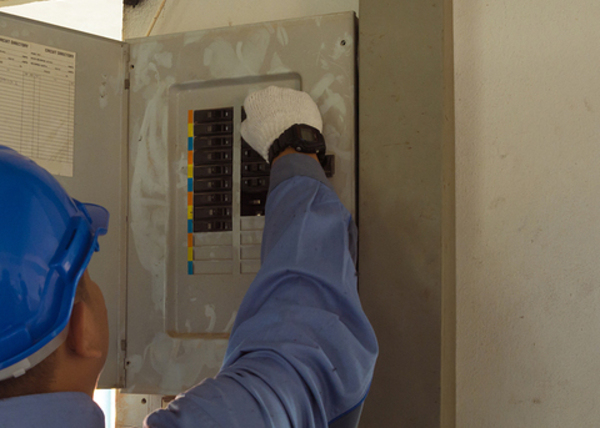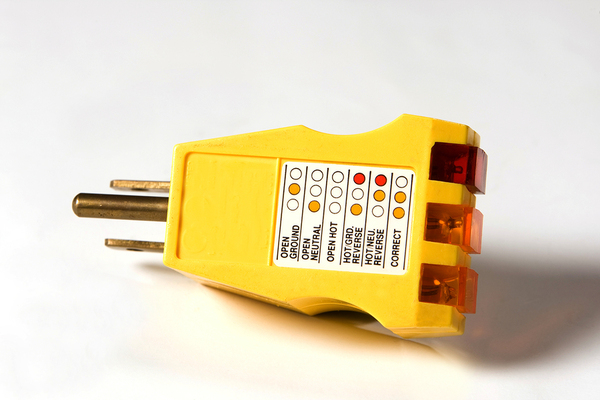
Electricity is vital for modern living, frustrating when it’s out-of-date and dangerous when it’s defective. As one of the most critical systems in any home, the electrical wiring and accompanying fixtures undergo intense scrutiny during a home inspection.
The inspection covers a lot of ground, but there are three primary areas where your inspector will focus a lot of attention. Here’s what you can expect and some of the potential defects that might exist:
The Service Drop Starts Electricity’s Journey Through the House
The service drop is the point where wiring from the utility service connects to the house. In many homes, two hot lines and one neutral run overhead where they enter the weatherhead, which is a cap at the top of the service drop conduit. From there, Inspectapedia explains that they drop down the utility meter and on into the house. Sometimes, the service drop isn’t a drop at all. It’s buried underground and runs up to the meter.
Some possible defects:
- Branches and vines
- Wiring and equipment damage
- Poor clearance over roofs, walkways, and driveways
- Unsafe proximity to windows, doors, balconies, decks and swimming pools
- Poor connections
Breaker Panels Indicate Which Circuits Feed Which Rooms
Once electricity enters the home, the breaker panel gives the home inspector clues and direct information about the system’s age, installation and adequacy for the home. Wiring leaves the box and routes its way throughout the home, feeding each room with one or more circuits that operate lighting, outlets, built-in systems such as HVAC and other fixtures.
Some possible defects:
- Overstuffed with wiring
- Mislabeled or unlabeled breakers
- Unsafe or obsolete breaker box
- Evidence of overheating
- Poor connections
- Unsafe access
- Uncovered openings

Your inspector will use at least one type of electrical tester to detect the presence of different problems with the system.
Wiring Might be New, or Not
One of the tricks things for a home inspector to determine is the age of the wiring inside the walls. In some cases, it’s impossible to tell. Unsuspecting homeowners who think they’re making an upgrade might only receive new outlets and a new breaker panel. What spans the distance between the two could be original to the house, and that’s not always a good thing.
Some possible defects:
- Physical damage
- Loose wire connections
- Wrong wire gauge
- No ground wires
- No GFCI or AFCI protection where needed
- Faulty switched and outlets
- Abandoned wires
- Open wire splices (where two or more wires are joined)
- Dangerous closet lighting
The primary electrical fixtures in a home can keep it running smoothly or cause myriad problems that are difficult to trace. Repair might require little more than new ground wires or GFCI protection. In a more extreme case, such as one with dangerously outdated wiring, the whole electrical system might require replacement.
What’s important is knowing the status before you buy the house. Hiring a home inspector protects your financial interest and the wellbeing of your family. It’s a small investment that can yield major rewards.
When you’re ready to take the next step, we’re here to help. Let Hire an Inspector find a qualified home inspector near you.
